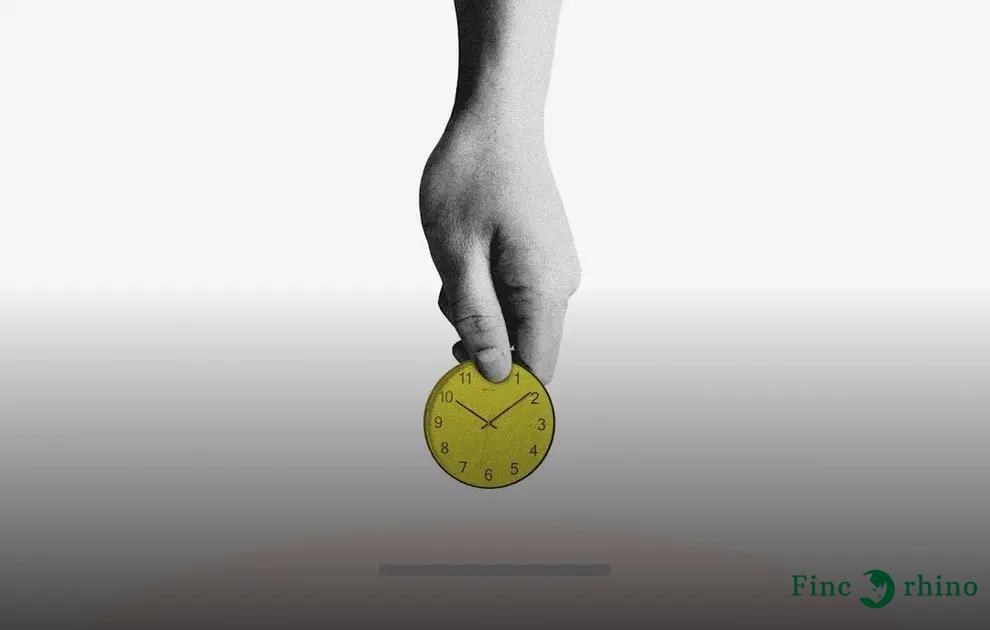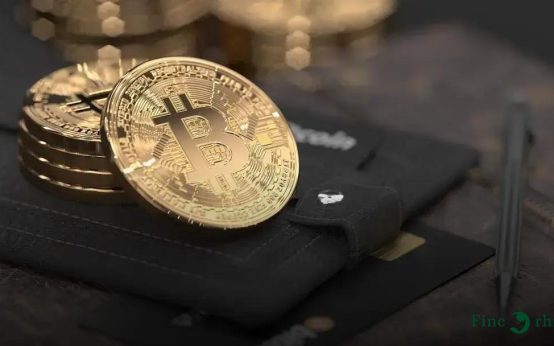Investing in gold and silver is an exciting opportunity to diversify your portfolio. Understanding how to invest in gold and silver can help you navigate market fluctuations and preserve your wealth. This guide will explore various methods to invest in these precious metals, explaining the value of gold and silver investments, and offering tips to get started on your investment journey.
Understanding the Value of Gold
Gold has been used as a medium of exchange and a store of value for centuries. The allure of gold stems from its historical significance and its continuous demand across different cultures. One of the key aspects to understand is that gold tends to retain its value even in times of economic instability. This makes it an attractive asset for diversifying one’s investment portfolio.
What Drives the Value of Gold?
The value of gold is influenced by several factors. Firstly, market demand plays a critical role. Jewelry and industrial applications contribute to a steady demand for gold, but investment demand is particularly crucial. During times of financial uncertainty, investors often flock to gold as a safe haven, driving up its price.
Another important factor is inflation and currency devaluation. Gold often acts as a hedge against inflation; when the purchasing power of currencies falls, gold tends to maintain its value, preserving wealth over the long term. Central banks around the world also hold substantial amounts of gold, impacting its market price and maintaining its strategic importance.
Geopolitical events and monetary policies further influence the value of gold. In times of political turmoil or global tensions, gold prices usually rise due to the perceived security of the asset. Additionally, low interest rates make gold an appealing investment because it does not yield interest like bonds or savings.
Investors should also consider supply constraints when assessing gold’s value. The rate at which new gold is mined is relatively slow, ensuring the precious metal’s scarcity. New mining discoveries are rare, meaning that gold’s supply cannot quickly ramp up to meet increased demand, which can lead to price increases.
Silver as an Investment Opportunity
Silver offers an intriguing investment opportunity due to its dual role as both a precious metal and an industrial commodity. While gold is often the focal point for many investors, silver provides unique benefits that make it a critical component of a diversified portfolio. The demand for silver stems not only from jewelry and investment, but also from its essential applications in electronics, solar panels, and other industries.
One of the key advantages of investing in silver is its affordability. Compared to gold, silver is often more accessible to a broader range of investors, allowing individuals to start investing with smaller amounts. This makes silver an attractive choice for beginners or those aiming to gradually build their portfolio.
Market fluctuations can often present opportune moments for buying silver. Due to its industrial applications, the price of silver can be more volatile than gold, providing potential buying opportunities during dips. Staying informed about market trends and industrial demands can help investors make strategic decisions.
Understanding the difference between physical silver investments, like coins and bullion, and other forms such as silver ETFs or mining stocks is crucial. Physical silver offers the security of tangible assets, but also comes with considerations such as storage and insurance. In contrast, silver stocks and ETFs can provide more liquidity and may require less maintenance.
As part of a diversified strategy, combining silver with gold can provide balance to your investment portfolio. Gold’s role as a stable store of value complements silver’s potential for growth and industrial demand.
Best Ways to Invest in Gold
Investing in gold can be a robust addition to any investment portfolio. Gold Bullion is one of the most traditional methods, offering physical ownership of gold bars or coins. This tangible asset is favored by those seeking a stable, long-term store of value.
For investors preferring the convenience of online trading, gold ETFs (Exchange-Traded Funds) represent an attractive option. ETFs track the price of gold and allow for trading on stock exchanges, providing liquidity and ease of entry or exit.
Another method involves gold mining stocks, which let you invest in companies engaged in gold extraction and production. When gold prices rise, mining stocks often increase in value, offering potential for higher returns than bullion or ETFs.
For those seeking a balance between risk and reward, gold mutual funds are worth exploring. These funds include a range of asset types, offering diversification while providing exposure to gold-related gains.
Finally, purchasing gold jewelry, though primarily aesthetic, can also serve as an investment. Buyers must consider design, craftsmanship, and weight, focusing on pieces with higher gold content.
Whether you’re drawn to physical gold or financial products, diversifying your approach can enhance your investment strategy. Thorough research and understanding your financial goals are key to optimizing returns in the gold market.
How to Diversify with Silver
Diversifying your investment portfolio with silver is a smart strategy for those looking to hedge against economic downturns and currency fluctuations. While gold often grabs the spotlight, silver also plays a crucial role in a well-rounded investment approach.
Silver is known for its industrial uses, which sets it apart from other precious metals. Its applications in electronics and energy sectors make it a commodity with dual value: investment and industrial. This dual demand can lead to price stability or appreciation over time.
Consider physical silver, such as bullion or coins, which can be a tangible asset to hold. These come with the added benefit of storage security but may incur additional costs like insurance and storage fees.
For those less inclined to handle physical silver, silver ETFs (Exchange Traded Funds) offer an accessible and liquid method of investment. They track the price of silver, allowing investors to gain exposure without worrying about custody.
Additionally, silver mining stocks provide another avenue. With these, investors are actually buying shares in companies that mine silver. This can amplify potential returns but comes with additional risks related to company management and market conditions.
Silver Future Contracts are advanced options for investors comfortable with the complexities of commodity trading. These contracts allow for speculation on future silver prices but carry a higher risk profile.
When considering diversification with silver, it’s crucial to assess your risk tolerance and investment horizon. Understanding silver’s role within the broader context of the market can offer insightful perspectives on your overall investment strategy.
Tips for New Investors in Precious Metals
Investing in precious metals can be a rewarding venture when approached with the right strategies. As a new investor in gold and silver, it’s important to understand the key principles and best practices. Here are some essential tips.
1. Research Market Trends:
Staying informed about current market trends is crucial. Follow reputable financial news sources and market analysis reports to understand how gold and silver prices fluctuate. This will help you make informed decisions.
2. Set Clear Investment Goals:
Define what you hope to achieve with your investment. Are you looking for long-term stability, or are you interested in short-term gains? Having clear goals can guide your investment choices.
3. Start Small:
As a beginner, consider starting with a smaller investment. This approach reduces risk and allows you to learn the ropes without significant financial exposure.
4. Diversify Your Portfolio:
Diversification is key to managing risk. Alongside gold and silver, consider including other asset classes to balance your portfolio, thus minimizing potential losses.
5. Understand the Costs:
Be aware of the costs associated with buying and selling precious metals, such as premiums, storage fees, and dealer markups. This understanding will help you calculate your potential returns more accurately.
6. Choose Reputable Dealers:
Purchase gold and silver from trusted dealers to ensure authenticity and fair pricing. Look for dealers with good reviews and a proven track record in the industry.
By following these tips, new investors can effectively navigate the precious metals market and enhance their investment strategy.





